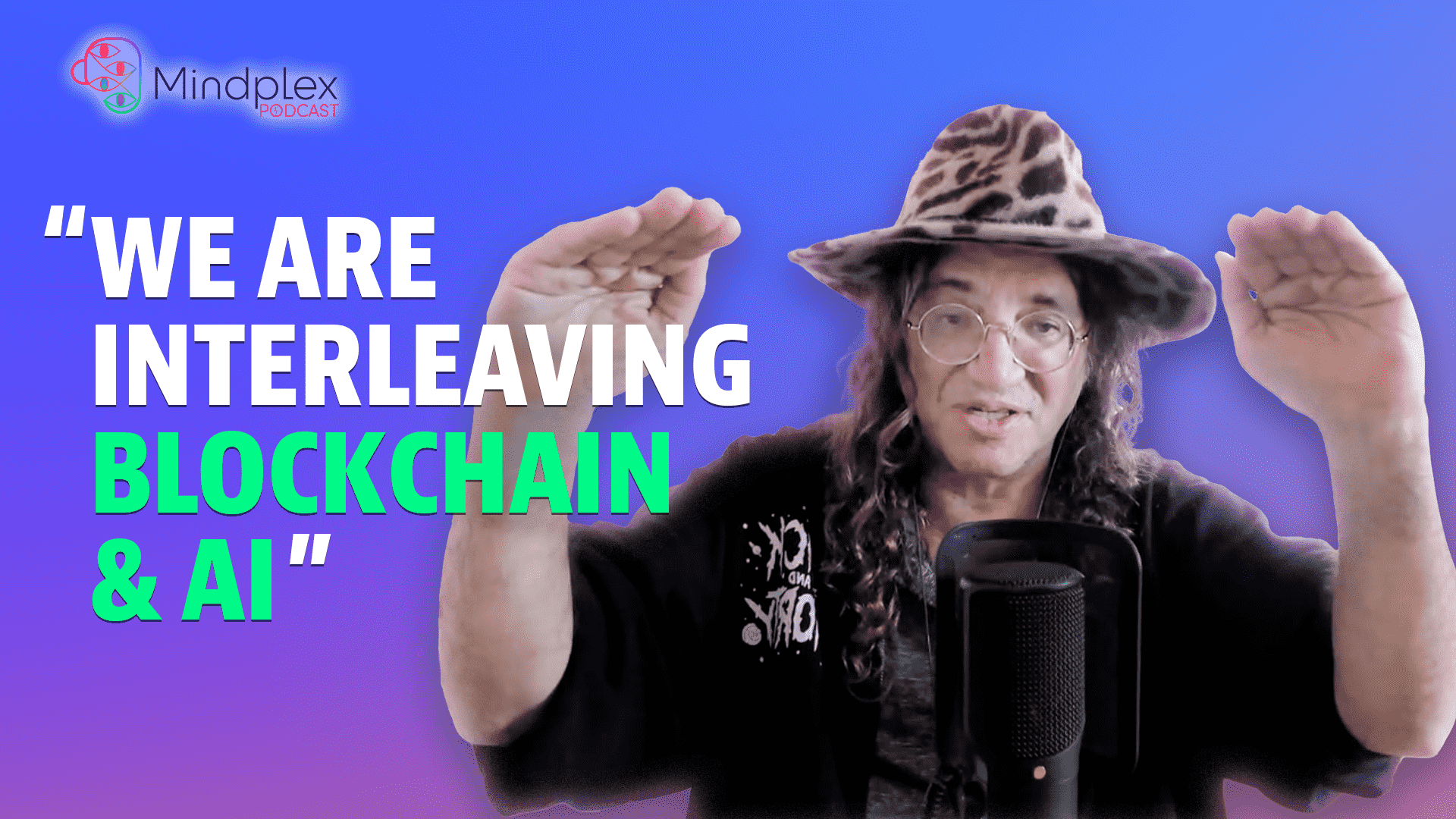As we never tire of saying at Mindplex and SingularityNET, progress in developing advanced AI and ML models is tainted by the chances of centralized institutions gaining undue control over one of the most important technological evolutions in human history.
The race is afoot: key players in AI are under the thumb of institutions, even if they started off as non-profit and open-source projects. Decentralized AI proposes free-roaming AIs to combat fortress-style AI solutions; it uses protocols and facilities built on the blockchain to promote multi-point control systems for AI infrastructures.
Bittensor, a decentralized AI project with a native cryptocurrency called TAO, has recorded exponential growth in 2024, growing an ecosystem of applications on its network, and gathering a community of contributors advancing the AI revolution.
Let’s discuss the key elements of Bittensor, and how they work in synergy to create a distributed network for the development of AI and ML models and algorithms.
What is Bittensor?
Bittensor is a decentralized network designed for peer-based commodity development and provisioning of computing resources.
Bittensor is basically a marketplace for compute resources (storage space etc.), with a collaborative network for developing AI and Machine Learning models. Bittensor embraces competition as a strategy to ensure that commodities, resources, and models developed on its network are top-notch. It is a mesh consisting of computers performing different roles and collectively controlling a distributed network.
The Bittensor network has a more pronounced role in AI and ML model development. However, it is capable of doing even more. It is a modular network, built for flexibility. Key concepts of the network can be applied to many sectors. Other digital commodities that can be built using the Bittensor network include financial market prediction tools, marketplaces for computing power, and algorithms for protein folding experiments. Bittensor is a multi-purpose decentralized network. Requests are posted to a ‘request and solution’ network with advanced data intelligence for the development of AI tools. The Bittensor network is an enterprise-grade tool, opening doors to industry-level adoption for getting. It is also stable for micro implementations by individuals and small organizations.

The Bittensor network consists of harmonized subnets designed to share data on AI and ML models and provide digital resources. The key role players on the Bittensor network are –
- The Bittensor Subnets
- The Bittensor API
- Bittensor blockchain (Known as a subtensor) and
- The Yuma Consensus.
Understanding Bittensor subnets
Bittensor subnets are neural networks of advanced knowledge and data-sharing nodes. Nodes on the network are called ‘Neurons’, and can be Miner or Validator nodes. Validators are the input layer of the network: they create a communication portal between the external environment and the rest of the network.
First, Validators communicate with the hidden layer (miners) via the Synapse module, feeding them information on the task(s) to be done. Next, Miners compete on who provides the best answer or results for the task. Then, Validators assess the results provided by the Miners and feed the rest of the network with their evaluations. Miners are only in communication with the validators, hence, isolated from the rest of the network. There are about 36 subnets on the Bittensor network at the time of writing.
The Bittensor API connects the Subnets to the subtensor. Validators’ evaluations are processed as separate inputs and transported through the API to the Subtensor for consensus.
Understanding Bittensor subtensors
The subtensor is the final validation layer for results from the subnets. The Subtensor is a blockchain operating the Yuma Consensus. The Yuma consensus uses a weighted algorithm to compute validator evaluations and decide which model (developed by subnet miners) is best. The network rewards miners with TAO tokens as specified by the subnet’s incentive mechanism. Validators are also rewarded for their input.
Bittensor operates two subtensors, the Nakamoto and the Kusanagi blockchain. Each of these subtensors can perform final validations.
The Bittensor network is a supernet, housing several subnets created to solve different tasks. Subnets operate a network of validators who feed miners with information on the tasks to be done and assess their results for quality. Validators mediate between subnets, the external environment, and the subtensor to ensure a steady flow of information on the network. This way, Bittensor creates a network where participants can trustlessly share intelligence.
Making a case for the Bittensor network
The Bittensor is, first, an attempt to lower the barrier to developing AI Models. Bittensor caters for resource-intensive digital ventures. Through a collaborative network, it splits the financial burden across various participants, making it cheaper to develop digital facilities.
The network uses input from several network contributors and a decentralized assessment system to promote more efficient models and solutions. Unlike the siloed systems used by centralized organizations, the collaborative environment makes for more efficient products.
But even more important is trying to promote decentralization in developing and managing these tools. Blockchain technology gives Bittensor a multiple-point-of-control system that easily resists censorship attempts and taps the power of the community.

Bittensor (TAO) tokenomics
TAO is the Bittensor Network utility token. With TAO, Bittensor is creating an economy to keep the network in operation, promote adoption, and oversee its security.
TAO use cases
Incentivization: TAO is used to reward miners and validators on the network for their contributions to providing computing resources and developing AI and ML models. Subnet owners define the reward system for their subnets. Miners whose solution emerges the best are rewarded with TAO according to the subnet’s incentive mechanism. Validators also receive TAO rewards.
Network consensus: To create a value layer for the network’s security facility, validators stake TAO to their hotkeys to run a node on the network. Other TAO holders can also delegate their assets to their desired validator. The Validator stake is a commitment to the network.
Governance: TAO holders decide on project improvement through community voting. Proposed additions to the projects must be approved by a majority of the community before they are implemented.
TAO distribution
- Total TAO supply is 21 million coins, just like with Bitcoin.
- TAO block rewards also halve every four years
- New TAO tokens are generated through mining and validating
- One TAO is generated per block.
- The circulating TAO supply is about 6.8 million.
- TAO can be traded on centralized exchanges like Binance and Kucoin.
Who uses Bittensor?
Anyone can use the Bittensor network as a client or a participant in the network. Enterprises and individuals who wish to create a task on the network can set up their own subnet and define their incentive mechanism based on the TAO economy. Anyone can also plug their facility into the network as a Miner to help problem-solving, or as a Validator to contribute to assessing solutions. The incentive system ensures participants always have a point of attraction, keeping the network operational.
Conclusion
Bittensor’s neural network builds a base for developing decentralized intelligence systems, and a marketplace of AI solutions. The economy built on the TAO token ensures that this network stays in charge of the finance that fuels it. Advanced AI facilities are delicate and almost unlimited in ability.
A centralized administration is a bottleneck for developing and using AI. As a network that supports the development of AI models, Bittensor promotes the development of battle-tested models powered by a censorship-resistant system.
Let us know your thoughts! Sign up for a Mindplex account now, join our Telegram, or follow us on Twitter.


























.png)

.png)


.png)